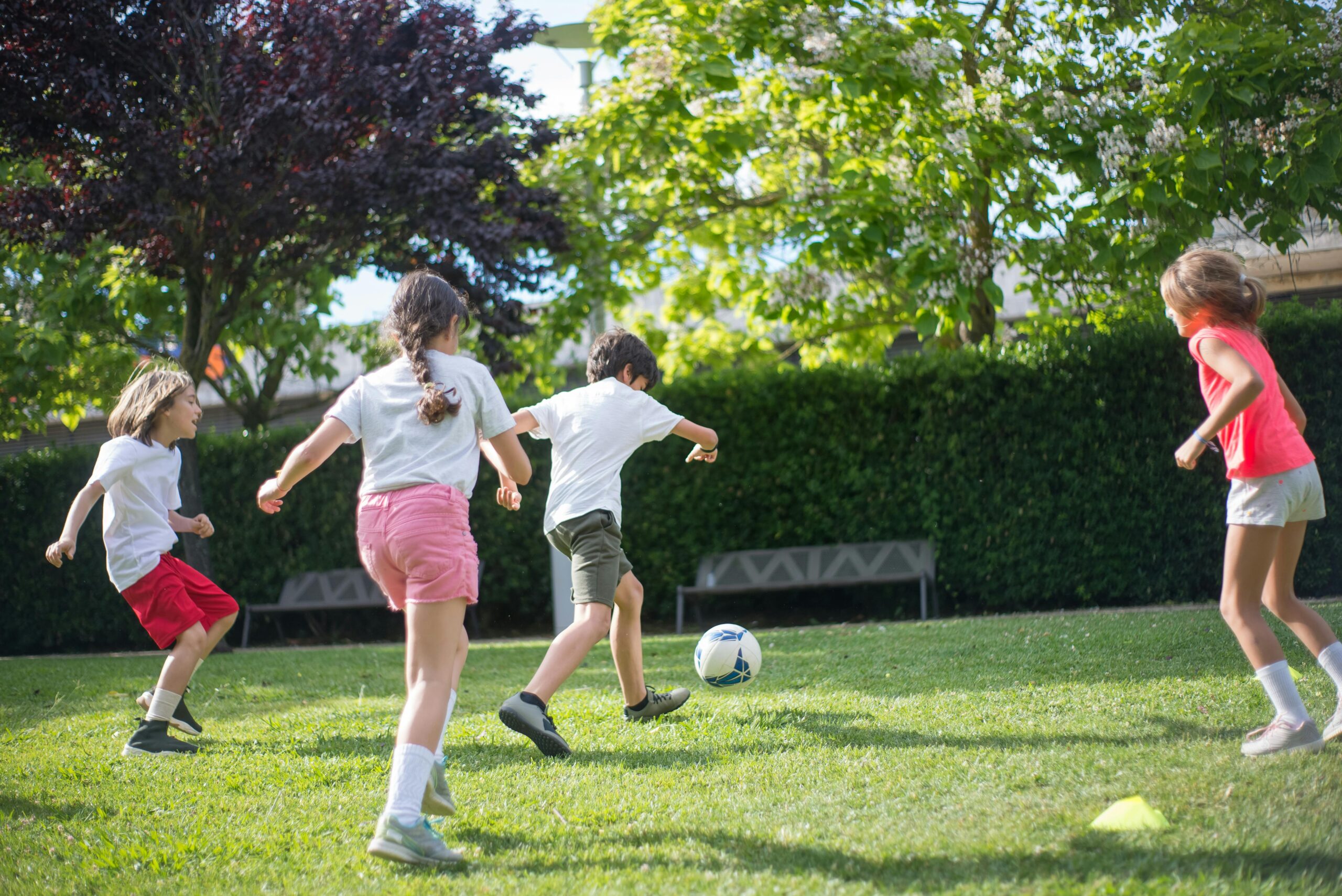 Incorporating and emphasizing cognitive skills into the classroom are major elements to support learning. Scientific research utilizes fMRI studies that pinpoint the locus of rational thinking in the prefrontal cortex . However, recent neuro- scientific studies have identified another area of the brain that plays a significant role in visual-motor learning: the cerebellum.
Incorporating and emphasizing cognitive skills into the classroom are major elements to support learning. Scientific research utilizes fMRI studies that pinpoint the locus of rational thinking in the prefrontal cortex . However, recent neuro- scientific studies have identified another area of the brain that plays a significant role in visual-motor learning: the cerebellum.
“Traditionally recognized for its importance in movement and coordination, the cerebellum is now shown to also play a critical role in reward-based learning processes.” Located at the base of the skull, the cerebellum accounts for only 10% of the brain’s mass. Yet it contains 80% of its neurons. One of the study’s authors proposes: “Because the cerebellum uses information about errors to gradually refine movement, another assumption has been that it likely contributes to cognitive functions in a similar way.”
The concept behind whole brain teaching and learning is to engage as many parts of the brain as possible to enhance learning. In fact, the theory of embodied cognition suggests that the body’s perceptual and motor systems play an important role in cognition—the body influences the mind just as the mind influences the body.
These recent discoveries suggest “a possible cognitive role for the cerebellum in the processing of written language.” A 2012 study also demonstrated an impressive connection between writing and brain development. A previously documented “reading circuit” was recruited during letter perception only after handwriting—not after typing or tracing experience. . . handwriting is important for the early recruitment in letter processing of brain regions known to underlie successful reading.
The effect of movement on cognitive performance has clear implications for education. Students need opportunities to move throughout the school day to support active learning.

